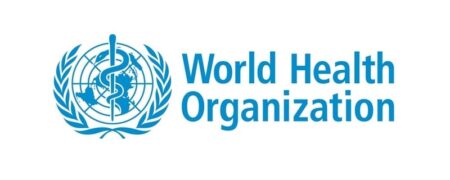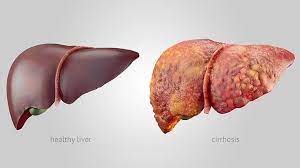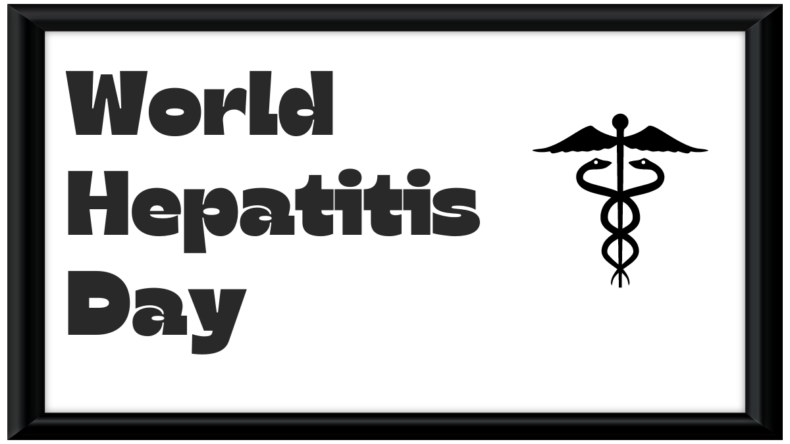World Hepatitis Day is observed every year on the 28th of July across the world. This year, the World Health Organization (WHO), in honour of the day, is carrying out the campaign ‘One Life, One Liver’. The theme aims to touch upon the importance of awareness regarding the disease and how it can help the public protect themselves from the same.
‘One Life, One Liver’
World Hepatitis Day is an annual event observed by the World Health Organization (WHO). The designated theme for the year 2024 revolves around the idea of ‘One Life, One Liver’. WHO emphasizes the critical importance of this campaign, stating that we all possess only one liver, which acts as an essential part of the body; if not catered to, it can be devastated by hepatitis and therefore ruin the only life we possibly have a chance at living.

Hepatitis- The ‘Silent Killer’
The liver is a silent hero, discreetly performing more than five hundred crucial functions every day to sustain our lives. However, viral hepatitis infection operates in a similarly silent manner, as its symptoms remain hidden until the disease has reached an advanced stage. Of the various viruses which range from A to E, hepatitis B and C are particularly worrisome, as they account for almost eight thousand new infections each day, most of which go undetected.
Tragically, WHO adds, this results in over one million deaths related to the disease each year, with a staggering new chronic infection emerging every ten seconds. This has resulted in the disease earning itself the notorious title of the ‘silent killer’. As a result, safeguarding liver health is paramount in maintaining overall human health.
The good news is that many of the deaths related to the illness are preventable. There is hope, as safe and effective vaccines exist to prevent hepatitis B, while antiviral drugs can manage chronic hepatitis B and cure a significant majority of C cases. By taking the necessary actionable steps, each one of us has the power to protect ourselves and our near and dear ones from this invisible but formidable threat.
WHO urges individuals to consult their local healthcare providers to learn how they can sufficiently shield themselves from this disease and its potential consequences. Taking proactive measures can make all the difference in preserving both your life and your liver’s well-being.
WHO addresses South-East Asia
In a recent statement to South-East Asia, the World Health Organization (WHO) is making a fervent call to policy makers, healthcare providers and leaders in positions of both political as well as civil authority, in the South-East Asia Region but also globally, to expedite testing for hepatitis and treatment efforts, in keeping with the year’s central theme.

While there exist treatments for helping people suffering from any form of hepatitis, achieving the positive outcomes of successfully reaching all those in need of help and ultimately eliminating it as a public health threat by 2030, in line with the Sustainable Development Goal target, necessitates widespread access to prompt and accurate testing.
WHO reports that the South-East Asia Region shoulders approximately 20% of the global burden of mortality related to this illness. Within the region, around 81% of all related deaths are attributed to the notorious hepatitis B and C. Approximately 60 million people suffer from chronic hepatitis B, with an additional 10.5 million facing chronic hepatitis C. Each year, the Region witnesses nearly half a million new hepatitis B and C infections, which means that there is approximately one new infection every minute.
While some progress has been made in vaccination efforts, with nine countries in the Region achieving a coverage of over 90% for the third dose of hepatitis B vaccine and eight countries providing the hepatitis B vaccine birth dose, the timely access to testing and treatment for hepatitis B and C still lags significantly. A meagre 10.5% of eligible individuals with hepatitis B are aware of their status, and a mere 4.5% are receiving treatment. For hepatitis C, only 6.9% of eligible individuals know their status, and of these, just 23% have access to treatment, stated WHO.
To accelerate the widespread access to testing and treatment throughout the Region, WHO urged action in several key areas. The global organisation suggested the following:
Firstly, policy makers should incorporate testing and treatment into essential primary healthcare services, ensuring that such services are accessible within communities, close to residents’ homes and workplaces, and included in universal health coverage.
Secondly, health and community leaders should focus on reaching, empowering, and engaging vulnerable and high-risk communities, drawing inspiration from the success of similar initiatives for illnesses like HIV, as well as the Region’s inclusive ‘Nothing for us, without us’ approach.
Thirdly, policy makers and healthcare providers, including the private sector, should actively integrate services for hepatitis, HIV, and sexually transmitted infections (STIs), aligning with the Region’s integrated Action Plan for Viral Hepatitis, HIV, and STIs 2022–2030. This integration should prioritize increased efficiency, reduced gaps, and minimized fragmentation.
Lastly, countries should consider realigning funding allocations for each of the three diseases as appropriate, emphasizing the delivery of maximum impact based on the current disease burdens.

Though ambitious, WHO is optimistic that these targets are within reach. The ultimate goal by 2030 is to achieve a 90% reduction in new chronic infections and a 65% reduction in hepatitis mortality, ultimately eliminating the silent killer as a public health threat. On World Hepatitis Day, WHO reaffirms its unwavering support to all countries in the Region, advocating for rapid, strategic, and equitable progress toward healthier livers and healthier lives for all.













